-
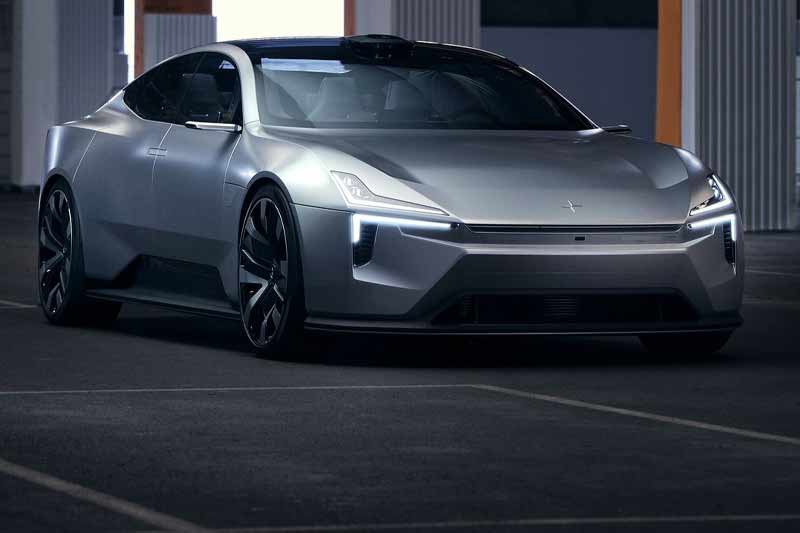
The Polestar Precept Concept shows the direction, Volvo intents to take its electrified performance brand in the future. Polestar says that it is designed to blend in with powerful proportions with aerodynamic efficiency. Additionally, the design elements in the Precept concept use sustainable materials combining design elements as references from the past.
-
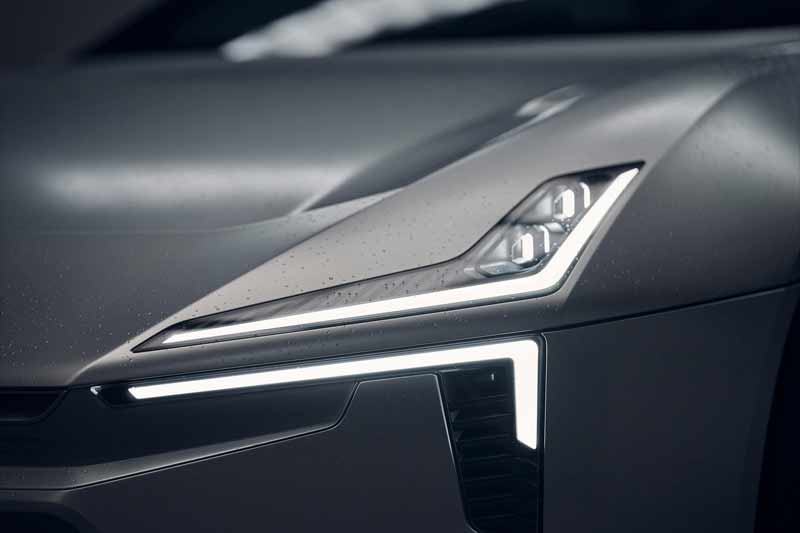
The front-end design of the Polestar Precept shows a front wing which is integrated into the bonnet of the vehicle. This helps reduce drag thus improve the efficiency of an EV. The Thor Hammer signature headlamps have a new district design. The air ducts behind the front wheels help with additional improvement of airflow along the side of the car while the ducts in front and behind the rear wheels contribute to cool the brakes and wheelhouse depressurisation. The Polestar Precept sits on 22-inch forged and machined performance wheels with aerodynamic ducts.
-
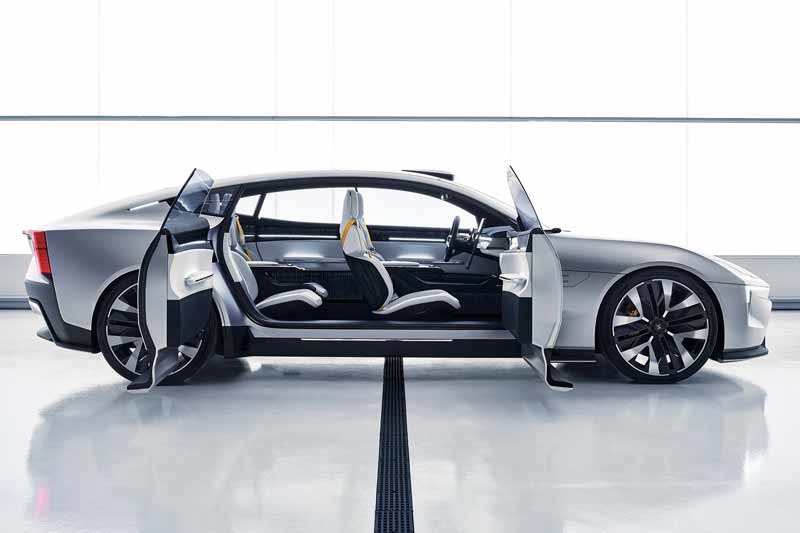
From the sides, the Precept features LED side markers on the C-Pillar that indicate charging status. The whole car is designed to be as flush as possible when it comes to things like the door handles, as well as the integration of the glasshouse – removing all airflow disturbances. The doors open wide and what is super cool about the car is that it comes with suicide rear doors! The vehicle features a long wheelbase that will allow it to accommodate a large battery under the floor, and also help with rear legroom.
-
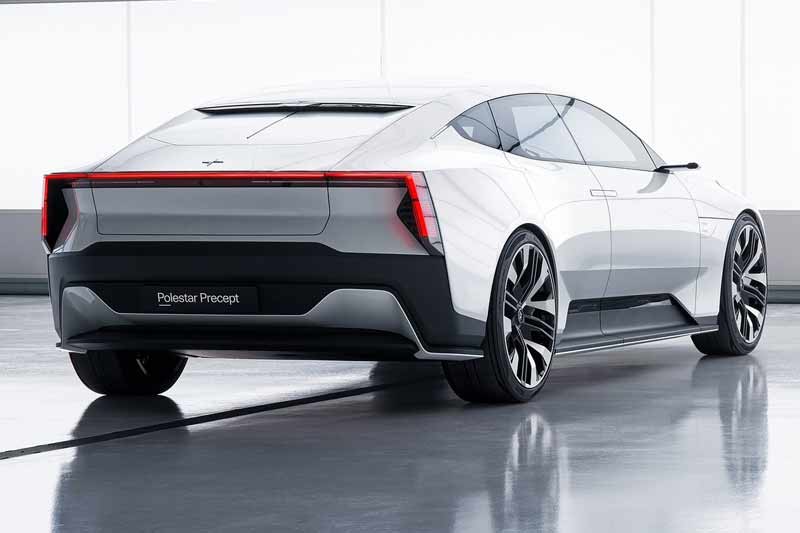
The absence of a rear window means that the rear roof-beam can be positioned further back, allowing for a larger panoramic glass roof and a larger and deeper tailgate opening. The taillights run across the width of the car with vertical air blades complete the aerodynamic design.
-
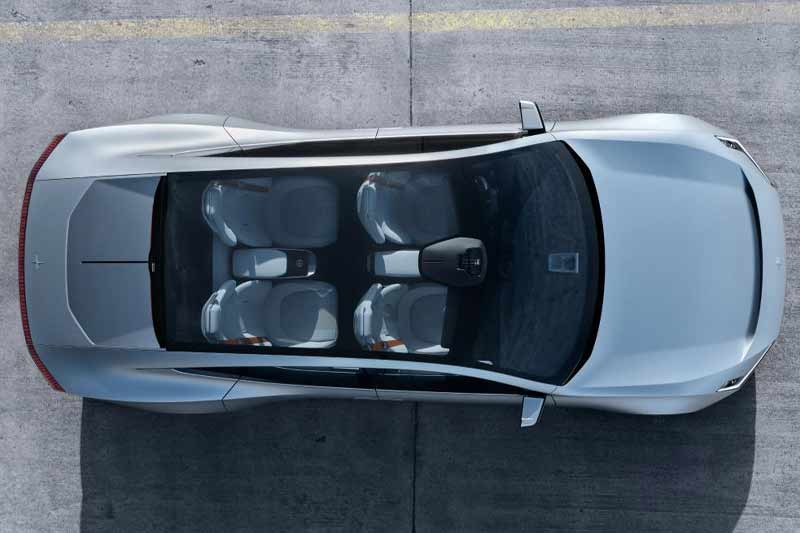
The Polestar Precept uses the next-generation of advanced driving technology with the help of a LIDAR sensor mounted on the roof. Polestar aims to use these sensors and lights to make them the new age design elements rather than the traditional use of chrome, leather and wood.
-
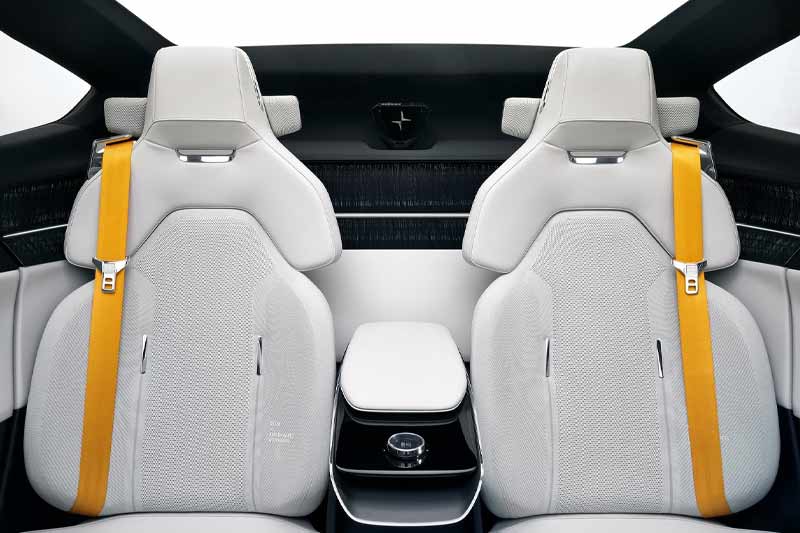
The interior of the Precept uses a high level of sustainable materials laid out in a new design language. All the materials in the cabin are vegan with high levels of recycled content. Plastics have been replaced with flax-based natural composite, that would help reduce weight by 50% by reducing 80% of plastics used in the cabin. The seats are made from 3D-knitted 100% recycled plastic bottles made from a single continuous strand with no wastage or shavings. The same is used for the headlining textile. Other elements in the interior include the use of cork-based vinyl recycled from the wine industry to be used in seat bolsters and headrests.
-
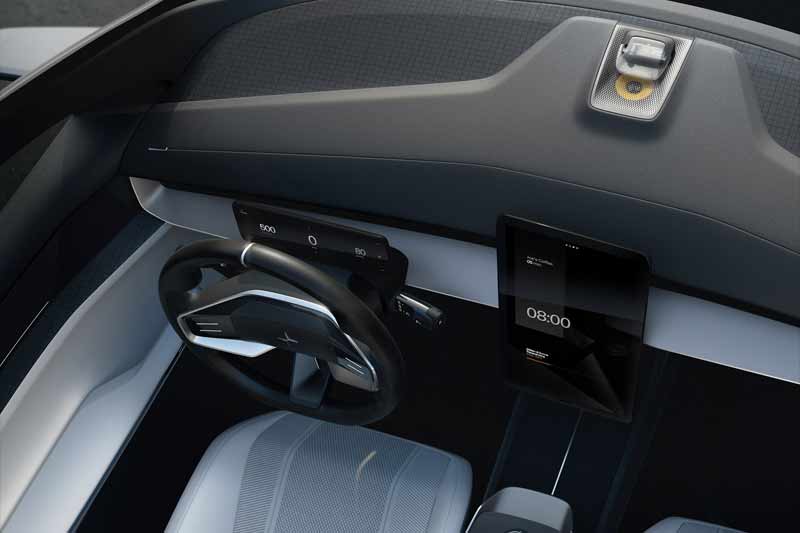
The dashboard layout is somewhat traditional. In the centre, you have a 15-inch digital screen that would manage all the infotainment system functions and uses the Android-based OS. The system recognises the driver upon approach, with settings and personal content authenticated by the Polestar Digital Key. When parked or charging, one would also be able to stream videos.
-
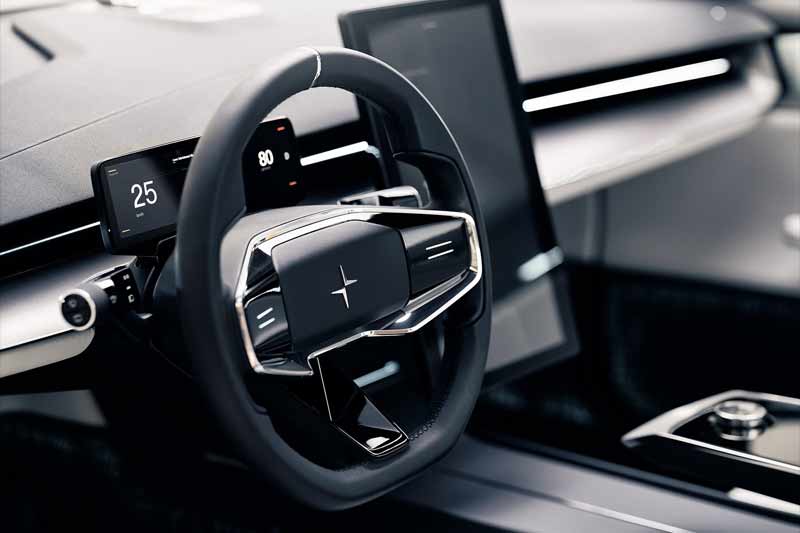
The driver gets a 9-inch digital instrument cluster that shows vital information. It also features eye-tracking monitors to see where the driver’s vision is and adjusts the way information is presented. Google Maps and Advanced Driver Assistance System would be merged into one system for safer driving and more accurate predictions based on traffic conditions all shown together in the driver’s display.

6 Photos




